I had a fun hour-long chat with Alex Shult of PhotographyTalk on Friday. Let us know what you think!
Jeff Sullivan Photography
Welcome to my photo travel blog. I am a landscape and night photographer who conducts photography workshops in some of America’s most exotic landscapes. I just completed a travel guide to the best landscape photography locations in Southern California, to be available in September 2015.
Monday, August 30, 2021
Thursday, January 09, 2020
My Top 10 Travel Photos 2019
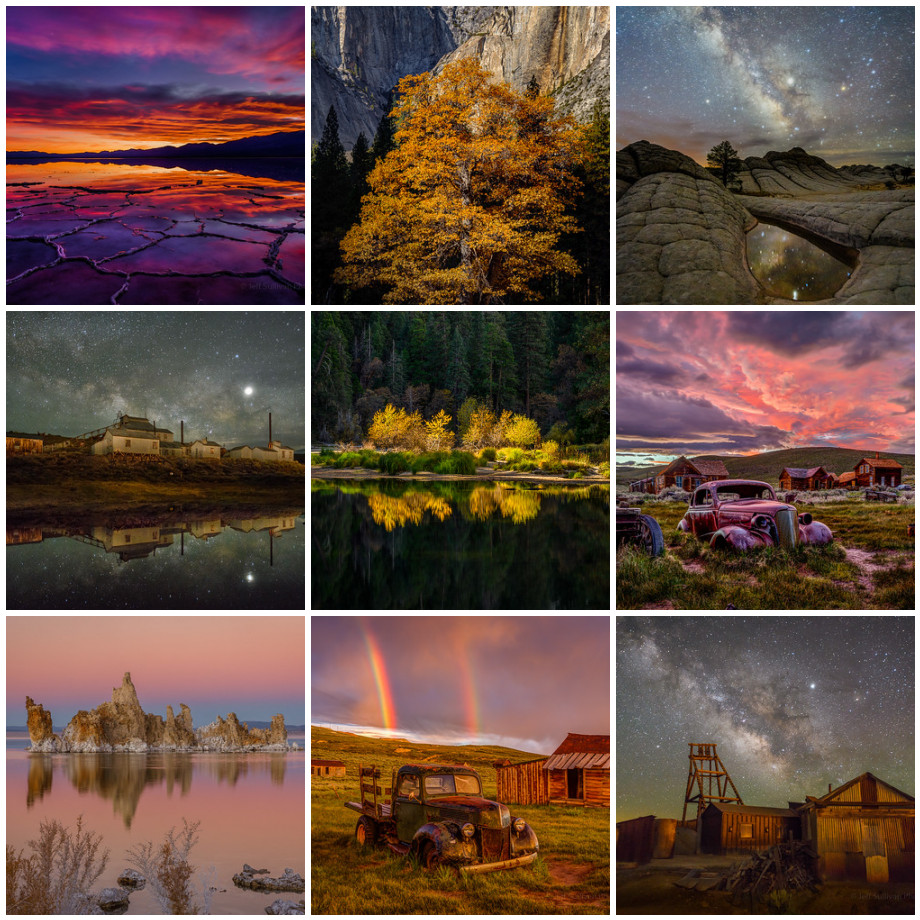 |
| Some of my favorites on Flickr in 2019: 1. The Sunset That Wouldn't End, 2. Oak and Granite, 3. Milky Way and Sunrise Light, 4. Bodie Milky Way and Mill Reflection, 5. Cottonwood Trees Against Shadowed Pines, 6. Intricate Bodie Sunset, 7. Tufa Island Reflection, 8. Return of the Rainbows, 9. Nevada Mines and Ghost Towns at Night |
I don't have the privilege or luxury of being able to travel the world to pursue great images, but I live within easy driving distance of spectacular mountains, coastlines and deserts. I anticipate unique sun, moon and star positions to enhance compositions, and in the course of exploring new locations for workshops and sharing them with photographers in workshops in the best seasons, I do capture a nice photo from time to time.
How to find and choose the best? On Flickr I find over 450 photos when I search for “2019”, and I saved over 100 new images into a 2019 Favorites album on Flickr:
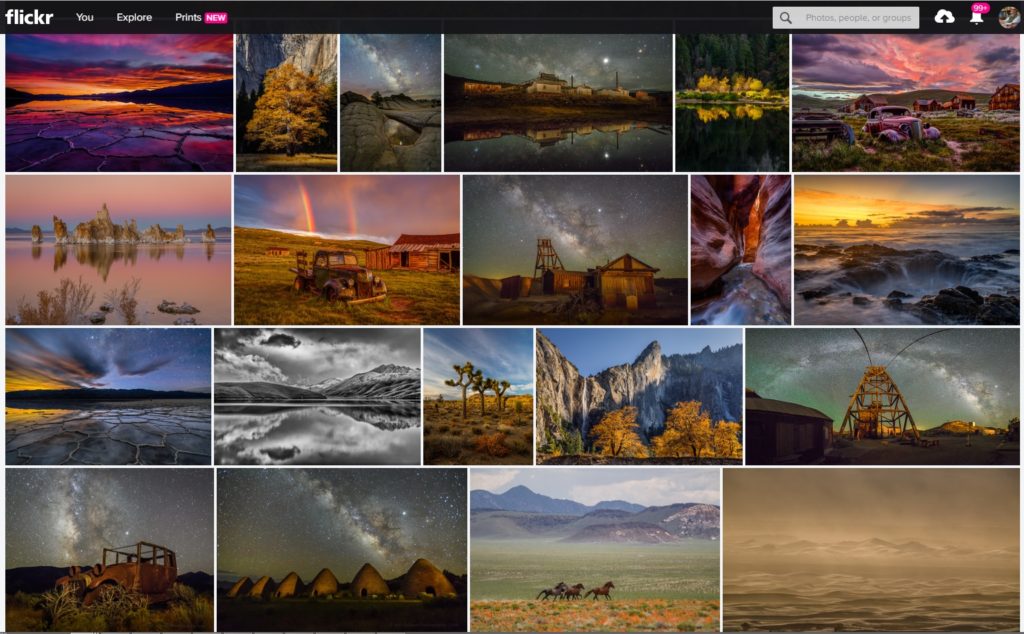 |
| 2019 Favorites album on Flickr |
 |
| Badwater Basin, Death Valley National Park |
#2:

This image quickly became my latest print, and it looks particularly good in a metallic print on paper, selected from my SmugMug site. New places were featuring prominently in my favorites, perhaps partly because they're new, but also I think that it's easier to take an entirely fresh look at a location when it's your first time there. Although I've visited White Pocket, Arizona before, this was my first clear night there:
#3:

I had just picked up the Nikon D850 in December, and not only was this one of my first Milky Way images captured on it, I was interested in testing its dynamic range on the Milky Way reflection.
#4:
I like a good challenge, so Milky Way reflection was on the menu again in June in Bodie State Historic Park:

#5:
Every year I run across new time-light dependencies in Yosemite National Park. Fall opportunities in particular can rely on a single set of vegetation getting spotlighted with light for a few minutes, like these young cottonwood trees by the Merced River:

While opportunities based on sun position are repeatable and predictable, other times an opportunity is more serendipitous, like sunset color on complex storm clouds in Bodie:
#6:

Sometimes we revisit a favorite spot, only to be treated with exactly the kind of lihgt we like to see from it, like this Belt of Venus effect captured at Mono Lake:
#7:
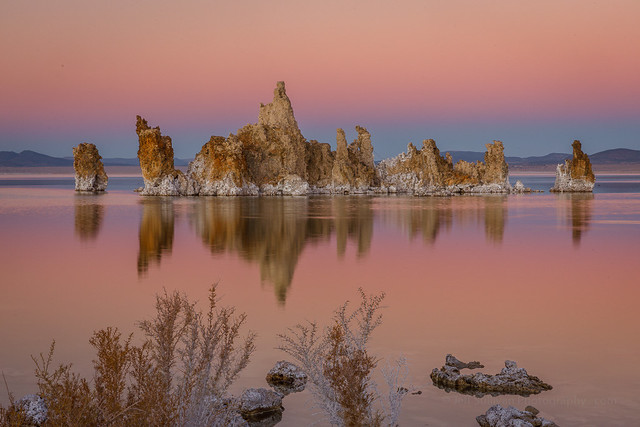
Weather can enhance our compositions, like this third brief double rainbow that appeared one evening in Bodie:
#8:

Other compositions can be anticipated months or even years in advance, you just have to allocate time in your schedule to go get them, like the Milky Way rising over this mine in Nevada:
#9:

Even locations with iconic compositions can offer great results if you look a little harder at what else is there, like this downstream composition at Kanarra Creek in Utah, which works well without Upper or Lower Kanarra Falls:
#10:

I still have dozens of places on my "to do" list, come experience the thrill of discovery! So that last image was a bonus, and the one prior isn't really one of my "best" photographically speaking, but you can find dozens of contenders in my 2018 Favorites album.
2019 Runners-Up
Other 2019 images I liked but didn't quite include:
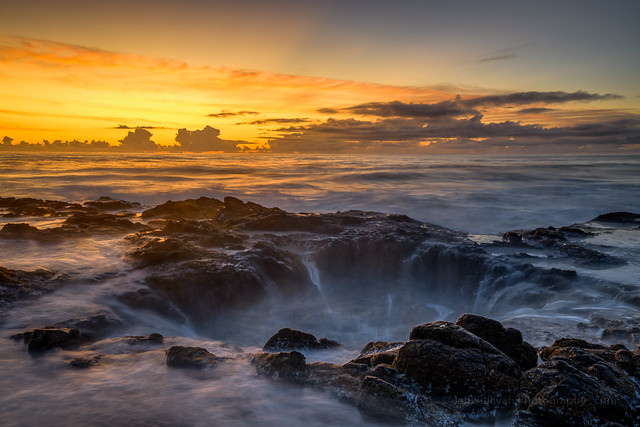
For some reason Thor's Well seems frequently enough captured that it needs particularly good atmospheric conditions to make it stand out. No doubt I'll revisit the place more to see what else the site delivers in light and conditions. Sometimes there's no place like home, like this winter storm reflected on Topaz Lake:

Prior Years' Images Discovered or Reworked
Sometimes I can't get to a particular image in the year I captured it, either because I lack a sufficient tool to do it justice, or I simply don't have the time required to work on it. My "new or improved" images from past years included some real stunners, particularly ones re-imagined in black and white:




Honors & Recognition
Photo Of The Day: “Sand Dunes Black and White 2015” by Jeff Sullivan. Location: Death Valley National Park. View our Photo Of The Day gallery at https://t.co/Kp4tdqKo1L pic.twitter.com/Iegz4Y794e— Outdoor Photographer (@OutdoorPhotoMag) December 5, 2019
Now it’s time to go out and capture another 100+ from 2020! To join me in the pursuit of images like these, check out my workshops listed at the top of the blog on my Web site.
My Favorite Landscape / Travel Photos from Each Year, 2006 – 2018
Here are some of my collections from prior years. It has been a great 14 years of adventure, I can’t wait to see what I can find to show you in the years to come!
2018 Favorites photo album on Flickr
2018 Top 10 Landscape/Travel Blog Post
2017 Favorites photo album on Flickr
2017 Top 10 Landscape/Travel Blog Post
2016 Favorites photo album on Flickr
2016 Top 10 Landscape/Travel Blog Post
2015 Favorites photo album on Flickr
2015 Top 10 Landscape / Travel Photos Blog Post
2014 Favorites photo album on Flickr
2014 Top 10 Landscape / Travel Photos blog post
2013 Favorites photo album on Flickr
2013 Top 10 Landscape / Travel Photos blog post
2012 Favorites photo album on Flickr
2012 Top 10 Landscape / Travel Photos blog post
2011 Favorites album on Flickr
2011 Top 10 Landscape / Travel Photos blog post
2010 Favorites album on Flickr
2010 Top 10 Landscape / Travel Photos blog post
2009 Favorites photo album on Flickr
2009 Top 10 Landscape / Travel Photos blog post
2008 Favorites photo album on Flickr
2008 Top 10 Landscape / Travel Photos blog post
2007 Favorites photo album on Flickr
2007 Top 10 Landscape / Travel Photos blog post
2006 Favorites photo album on Flickr
2006 Top 10 Landscape / Travel Photos blog post
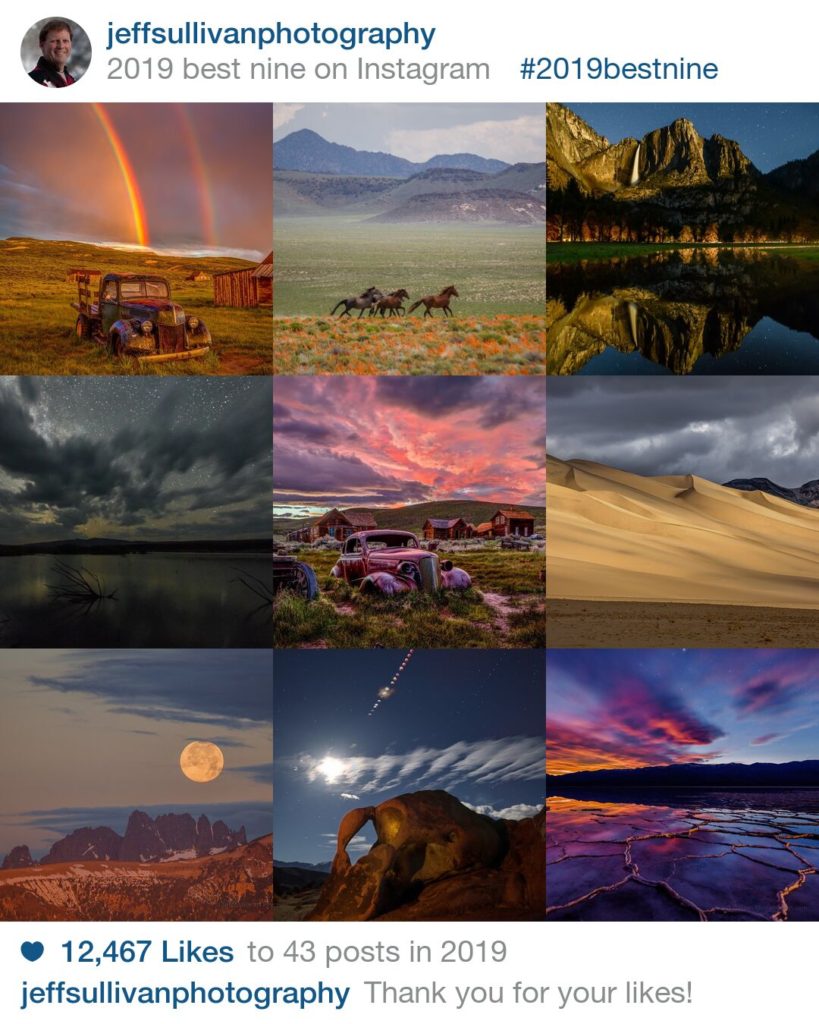 My most popular photos on Instagram in 2019. #bestnine2019[/caption]
My most popular photos on Instagram in 2019. #bestnine2019[/caption]
Wednesday, February 27, 2019
Your Best Photo of 2018 Assignment Winner Jeff Sullivan - Outdoor Photographer
Your Best Photo of 2018 Assignment Winner Jeff Sullivan - Outdoor Photographer: Congratulations to Jeff Sullivan for winning the recent Your Best Photo of 2018 Assignment with the image, “Golden Hour On the Oregon Coast...
Thank you for the honor Outdoor Photographer Magazine!
See more of my Best of 2018 images here on my blog.
Also see more images from my September 2018 trip to Oregon in another post on my blog.
Tuesday, November 13, 2018
Eastern Sierra Fall Colors Photography Near Bishop, California

2018 was another outstanding year for fall color in the Eastern Sierra! Our main workshop visits to the Bishop area were expected to be October 4-6, but the color held out so well, we returned during the October 10 - 14 session as well.
The 2019 calendar will be up soon here.

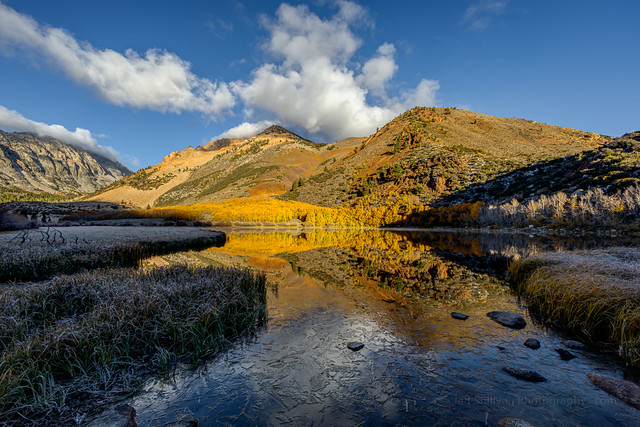
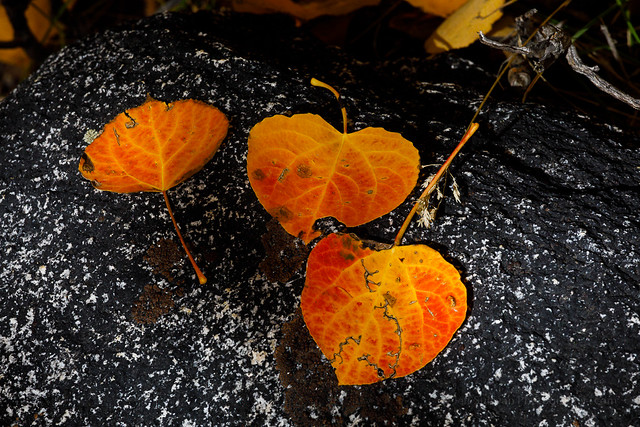
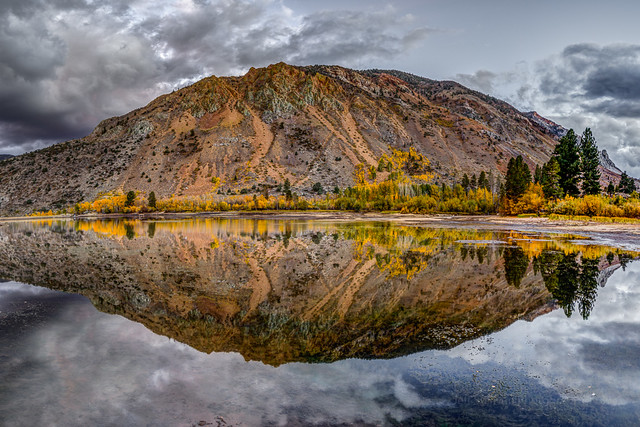
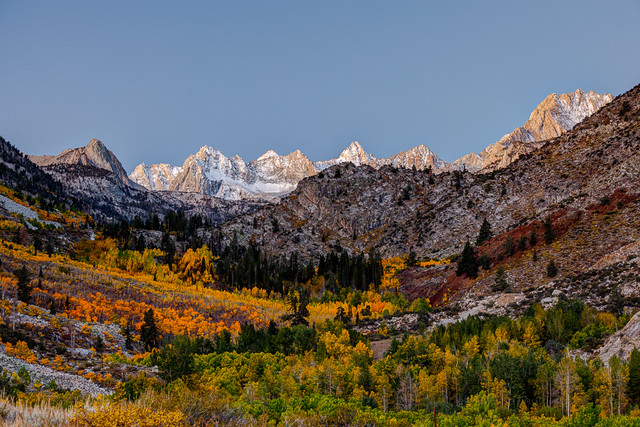

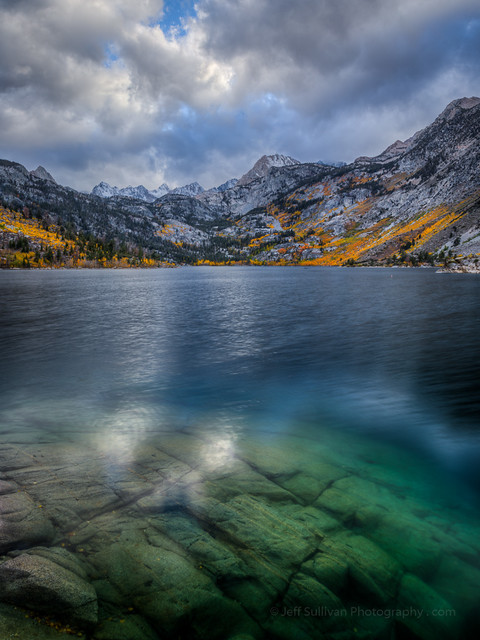
Snowy October Night Photography in Bodie
I've shot in Bodie at night nearly 40 times. The Bodie workshop season typically runs late May through mid-October when any storms tend to be convention-driven from daytime heat. So even on stormy days, the sky usually clears up at night. This time, in early October, a light storm not driven by daytime heat moved through, at first driving broken clouds to move through our shots of the Milky Way, then thickening to create trails of uneven clouds back-lit by green airglow.
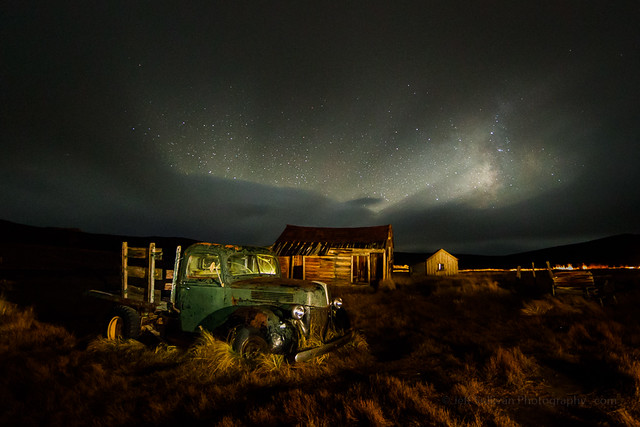
The Milky Way was mostly out for the first hour, then coming and going with streaks of clouds for about an hour, then then the clouds were translucent with intermittent snow showers. The snow never stuck to the ground much, but it was cool to have streaking through our shots. Fortunately everyone else was really into it too It was chilly with the wind blowing, but every shot was different, so we worked fast, and right through the end, when we could barely get out on time!

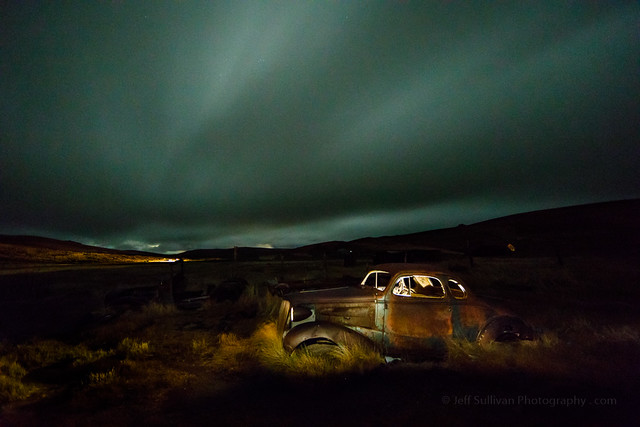
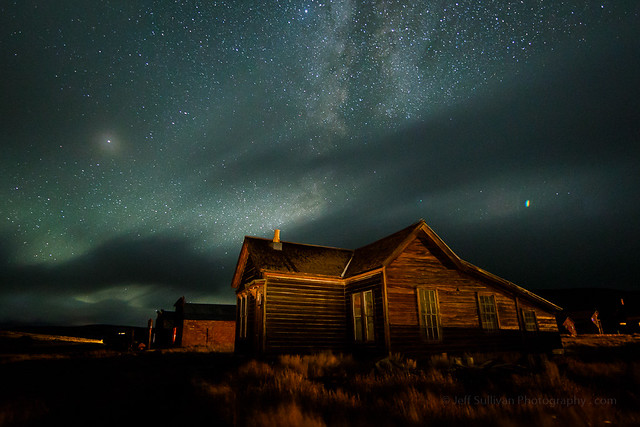
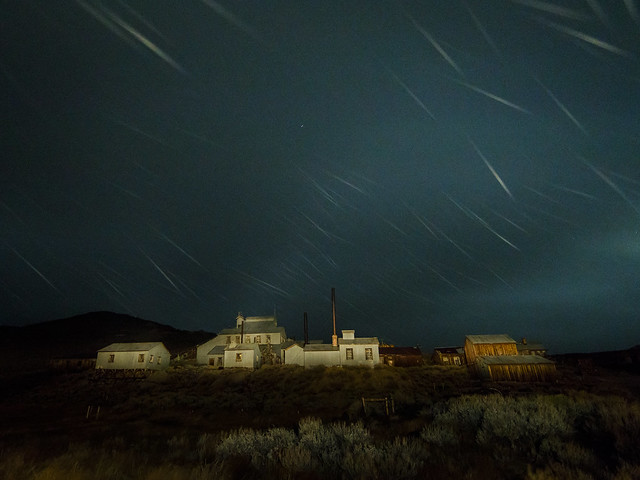
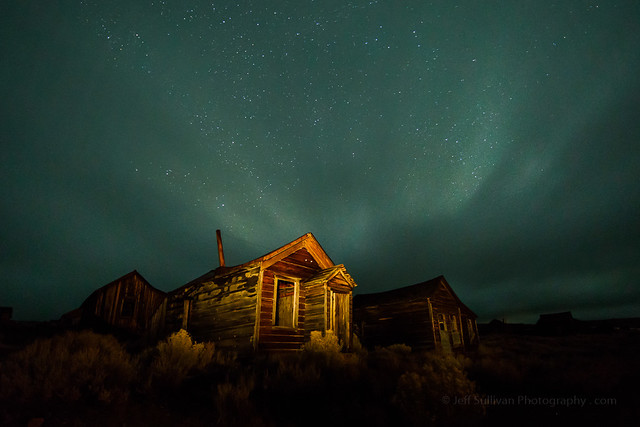
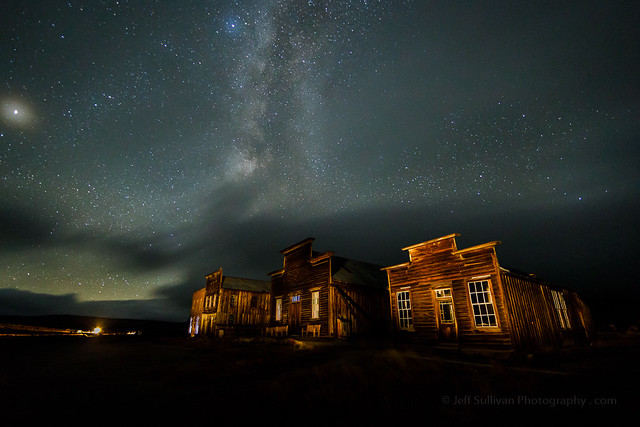
 One participant decided to leave in case the snow showers became more intense. His red brake lights were reflecting off of the low clouds above.
One participant decided to leave in case the snow showers became more intense. His red brake lights were reflecting off of the low clouds above.
Friday, September 28, 2018
Oregon Coast Photography Tour September 2018
 |
| Oregon Coast dunes at sunset, September 2018. |
I don't know when I'll get around to uploading all of my photos from my recent Oregon Coast photography tour, but here are a few images that I've uploaded so far.
What's your favorite place along the Oregon Coast?
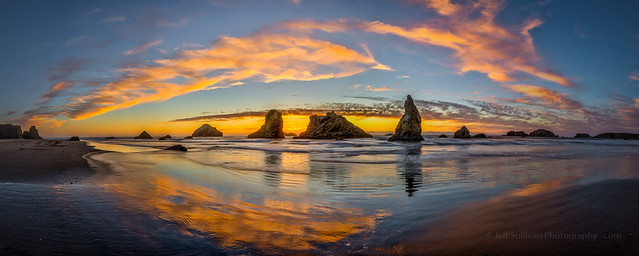
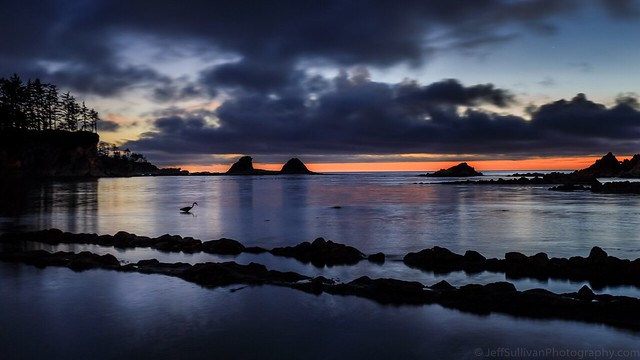

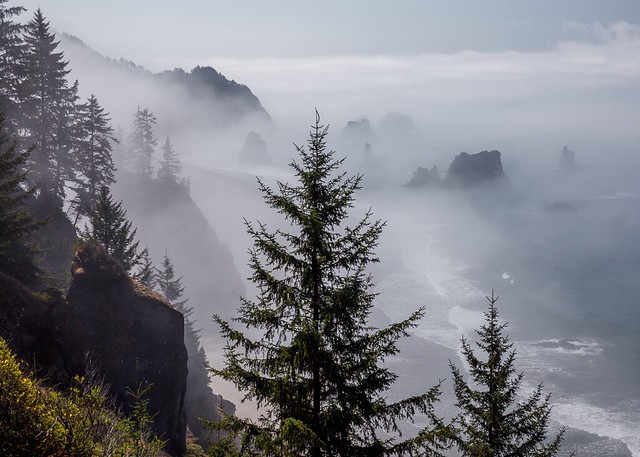

Friday, February 16, 2018
Analysis of a Lunar Eclipse Shoot
I'll be presenting in Woodland, California next Tuesday, February 20 at 7 pm in case you might like to attend. The Woodland Camera Forum meets in Norton Hall, 70 Cottonwood Street, Woodland, California:
www.davisenterprise.com/arts/jeff-sullivan-presents-work-at-photography-group/
The formatting of this post got all messed up when i tried to transfer it form my original Wordpress blog post on my Web site here: http://www.jeffsullivanphotography.com/blog/2018/02/08/lunar-eclipse-photography-january-31/
I'll fix it as time permits, which might not be a while, so best if you read it over there for now!
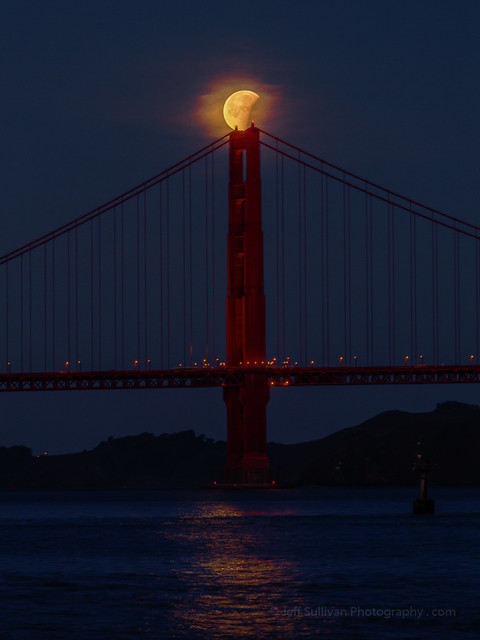
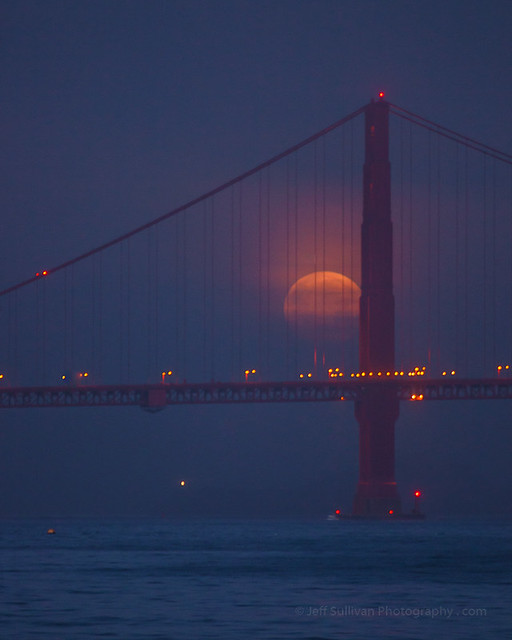
For the January 31, 2018 lunar eclipse, my planning started weeks in advance, looking at the timing of the eclipse, the direction of the moon, and at prior shots like the moon set above from 2010 that seemed like a good concept to re-shoot with a moon in some phase of eclipse. I decided to try to place the moon on top of the South Tower of the bridge, worked out the geometry to estimate the moon's elevation, looked in an app to determine its compass direction at that time, and where I should stand.
So after you decide to shoot an early morning lunar eclipse, what's the next logical thing to do? Pick a spot for the prior sunset of course. Marin County's Rodeo Beach fit the bill nicely for a relaxing sunset.
 A trip to Japan Center for sushi later, and it's too early for sleep, so a little night photography along the San Francisco waterfront helps put a few more travel images on the card and burn off a few dinner calories.
A trip to Japan Center for sushi later, and it's too early for sleep, so a little night photography along the San Francisco waterfront helps put a few more travel images on the card and burn off a few dinner calories.
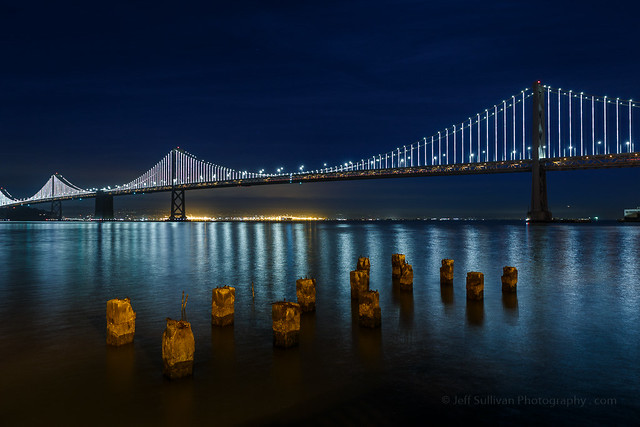
Wake up at 3am, and go get a nice moon shot from the Crissy Field area: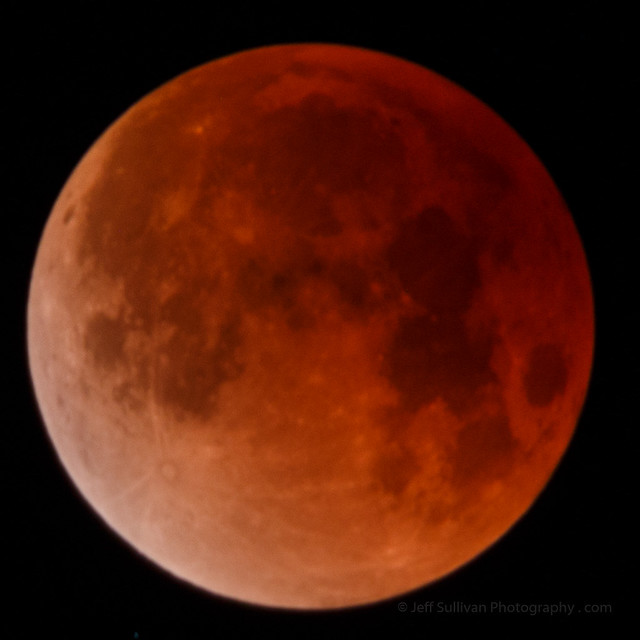
This image was exposed for 15 seconds at f/8, ISO 200 on a Canon EOS 70D with a lens at 381mm using a Canon 70-200mm f/4 IS L Series lens plus EF 2X III teleconverter. After the APS-C crop factor, the equivalent focal length was 610mm! The camera setup was on an iOptron SkyTracker, so the longest exposures in the sequences I was shooting could easily be 15 to 20 seconds at ISO 200. What next? You've chosen the spot anticipating the moon approaching the Golden Gate Bridge, so when it's close enough you can include the bridge in compositions:
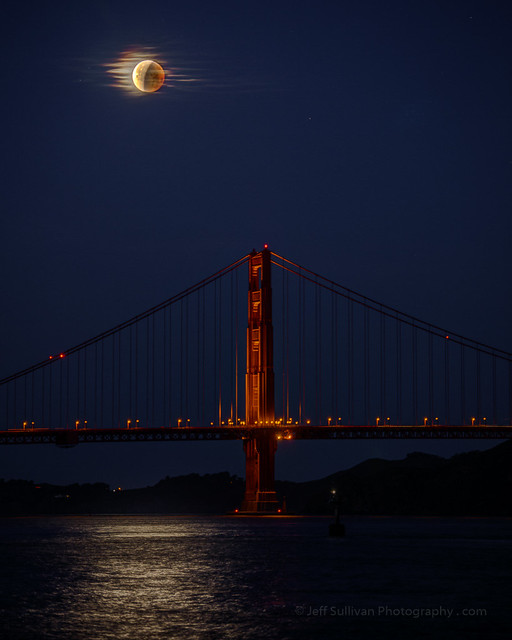
But the real alignment you've calculated from the height of the bridge, the distance to the bridge, and the compass direction is the moon passing the top of the South Tower of the Golden Gate Bridge. But you forgot to subtract out the elevation of your shooting position from the height of the bridge, so the moon is about 1/2 moon width, about 0.25 degrees, too high. So you move about a dozen feet to your left, compose over the shoulders of a couple of photographers, and get the composition that you envisioned weeks earlier:
The recent weather and the forecast called for partly cloudy conditions, and at times there was definitely a thin haze that the moon was shining through, but there was also a challenge that I don't usually have to deal with back home in the high desert: condensation! For a while I had to wipe my lens every few shots to remove it. Astrophotographers sometimes use heaters on their telescopes, photographers shooting on a dewy morning can improvise using gaffer's tape and hand warmers. That's not the end of the fun, as sunset light paints the sky while the moon dropped into the bridge. Fortunately the atmospheric haze also cleared up significantly.
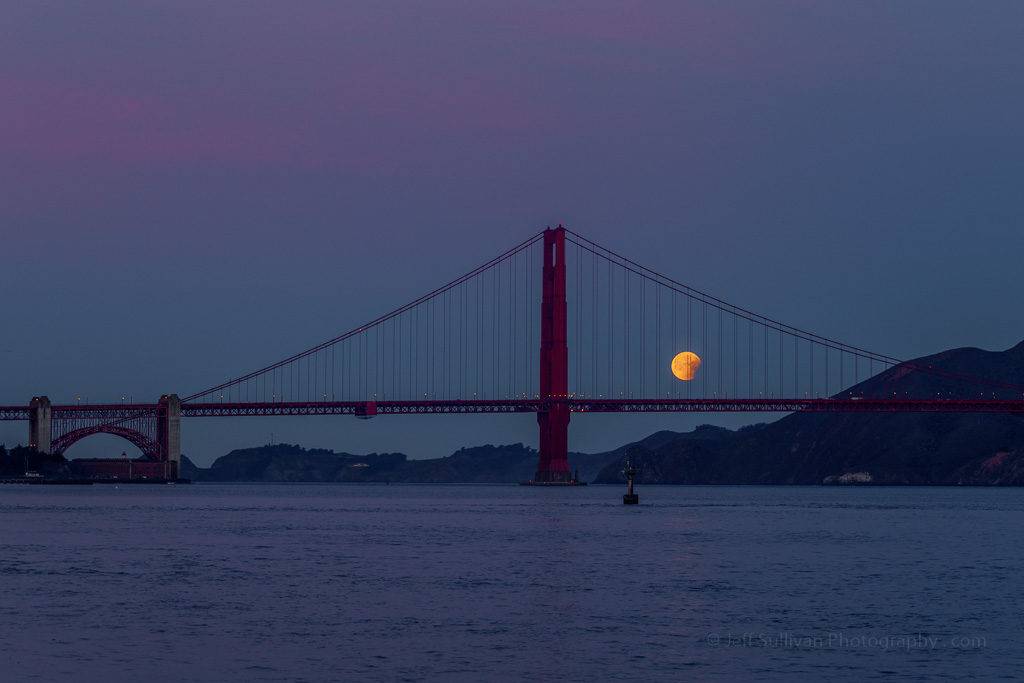
Sunrise approaches as the partially-eclipsed moon sets behind the Golden Gate Bridge.[/caption] As it descends further, while shooting the lunar eclipse through San Francisco's Golden Gate Bridge, for a matter of seconds I decided to try to silhouette a vehicle against the setting, partially-eclipsed moon. A large delivery truck fit the bill nicely. I was shooting at 400mm, so I had to anticipate the movement of the vehicle enough ahead of time to leave mirror lock-up on!
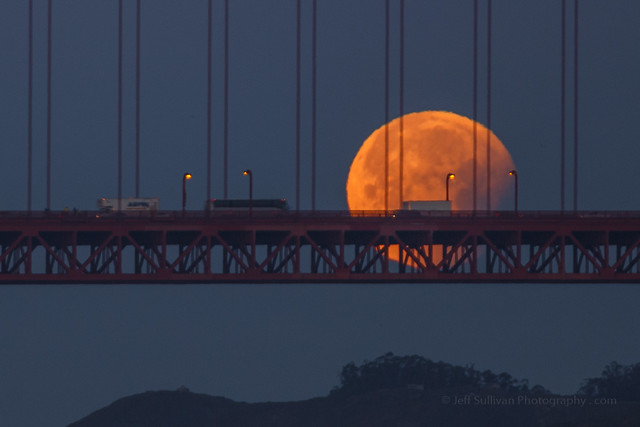
Note the rough edge to the moon. At this high degree of telephoto, on the moon in the lower couple of degrees of elevation when our view of it is through a lot of turbulent air, the view of the moon is visibly distorted. No doubt there will be many faked shots from this eclipse as usual, and a recent article on FStoppers discusses some of the ways you can spot them. So to summarize, anticipating an interesting place to capture the mono alongside earth-bound features using apps like PhotoPills and The Photographer's Ephemeris (TPE) enables the capture of many compositions beyond "Just another lunar eclipse shot"... not that there's anything wrong with that! So once the eclipse is "in the can" (like a reel of exposed movie film), what next? Think of something to shoot while you're in the are, or on your way home! A quick detour to the California Coast, the Mendocino area in this case, fit the bill nicely. Astronomical events aren't just opportunities for astrophotography, they are a great excuse to get out. travel, and shoot! The weather can be surprisingly warm along the California Coast in the winter given the heat sink effect of the water and the lower winds compared to summer. Temperatures in the high 50s by noon and walking down Main Street Mendocino, I had to take off and carry my jacket as I became too hot to wear it.
Astronomical events aren't just opportunities for astrophotography, they are a great excuse to get out. travel, and shoot! The weather can be surprisingly warm along the California Coast in the winter given the heat sink effect of the water and the lower winds compared to summer. Temperatures in the high 50s by noon and walking down Main Street Mendocino, I had to take off and carry my jacket as I became too hot to wear it.

The formatting of this post got all messed up when i tried to transfer it form my original Wordpress blog post on my Web site here: http://www.jeffsullivanphotography.com/blog/2018/02/08/lunar-eclipse-photography-january-31/
I'll fix it as time permits, which might not be a while, so best if you read it over there for now!


For the January 31, 2018 lunar eclipse, my planning started weeks in advance, looking at the timing of the eclipse, the direction of the moon, and at prior shots like the moon set above from 2010 that seemed like a good concept to re-shoot with a moon in some phase of eclipse. I decided to try to place the moon on top of the South Tower of the bridge, worked out the geometry to estimate the moon's elevation, looked in an app to determine its compass direction at that time, and where I should stand.
So after you decide to shoot an early morning lunar eclipse, what's the next logical thing to do? Pick a spot for the prior sunset of course. Marin County's Rodeo Beach fit the bill nicely for a relaxing sunset.
 A trip to Japan Center for sushi later, and it's too early for sleep, so a little night photography along the San Francisco waterfront helps put a few more travel images on the card and burn off a few dinner calories.
A trip to Japan Center for sushi later, and it's too early for sleep, so a little night photography along the San Francisco waterfront helps put a few more travel images on the card and burn off a few dinner calories.
Wake up at 3am, and go get a nice moon shot from the Crissy Field area:

This image was exposed for 15 seconds at f/8, ISO 200 on a Canon EOS 70D with a lens at 381mm using a Canon 70-200mm f/4 IS L Series lens plus EF 2X III teleconverter. After the APS-C crop factor, the equivalent focal length was 610mm! The camera setup was on an iOptron SkyTracker, so the longest exposures in the sequences I was shooting could easily be 15 to 20 seconds at ISO 200. What next? You've chosen the spot anticipating the moon approaching the Golden Gate Bridge, so when it's close enough you can include the bridge in compositions:

But the real alignment you've calculated from the height of the bridge, the distance to the bridge, and the compass direction is the moon passing the top of the South Tower of the Golden Gate Bridge. But you forgot to subtract out the elevation of your shooting position from the height of the bridge, so the moon is about 1/2 moon width, about 0.25 degrees, too high. So you move about a dozen feet to your left, compose over the shoulders of a couple of photographers, and get the composition that you envisioned weeks earlier:
The recent weather and the forecast called for partly cloudy conditions, and at times there was definitely a thin haze that the moon was shining through, but there was also a challenge that I don't usually have to deal with back home in the high desert: condensation! For a while I had to wipe my lens every few shots to remove it. Astrophotographers sometimes use heaters on their telescopes, photographers shooting on a dewy morning can improvise using gaffer's tape and hand warmers. That's not the end of the fun, as sunset light paints the sky while the moon dropped into the bridge. Fortunately the atmospheric haze also cleared up significantly.

Sunrise approaches as the partially-eclipsed moon sets behind the Golden Gate Bridge.[/caption] As it descends further, while shooting the lunar eclipse through San Francisco's Golden Gate Bridge, for a matter of seconds I decided to try to silhouette a vehicle against the setting, partially-eclipsed moon. A large delivery truck fit the bill nicely. I was shooting at 400mm, so I had to anticipate the movement of the vehicle enough ahead of time to leave mirror lock-up on!

Note the rough edge to the moon. At this high degree of telephoto, on the moon in the lower couple of degrees of elevation when our view of it is through a lot of turbulent air, the view of the moon is visibly distorted. No doubt there will be many faked shots from this eclipse as usual, and a recent article on FStoppers discusses some of the ways you can spot them. So to summarize, anticipating an interesting place to capture the mono alongside earth-bound features using apps like PhotoPills and The Photographer's Ephemeris (TPE) enables the capture of many compositions beyond "Just another lunar eclipse shot"... not that there's anything wrong with that! So once the eclipse is "in the can" (like a reel of exposed movie film), what next? Think of something to shoot while you're in the are, or on your way home! A quick detour to the California Coast, the Mendocino area in this case, fit the bill nicely.
 Astronomical events aren't just opportunities for astrophotography, they are a great excuse to get out. travel, and shoot! The weather can be surprisingly warm along the California Coast in the winter given the heat sink effect of the water and the lower winds compared to summer. Temperatures in the high 50s by noon and walking down Main Street Mendocino, I had to take off and carry my jacket as I became too hot to wear it.
Astronomical events aren't just opportunities for astrophotography, they are a great excuse to get out. travel, and shoot! The weather can be surprisingly warm along the California Coast in the winter given the heat sink effect of the water and the lower winds compared to summer. Temperatures in the high 50s by noon and walking down Main Street Mendocino, I had to take off and carry my jacket as I became too hot to wear it.

Subscribe to:
Comments (Atom)

